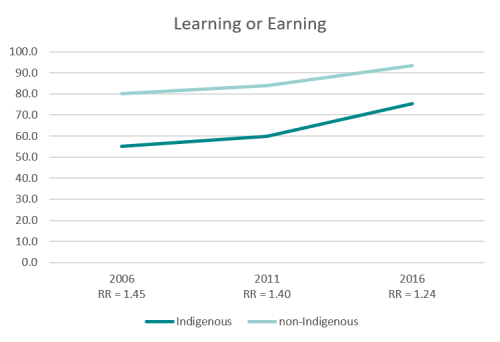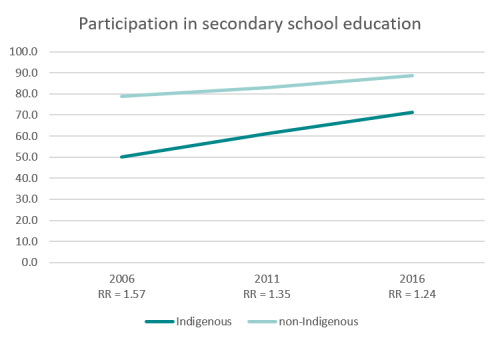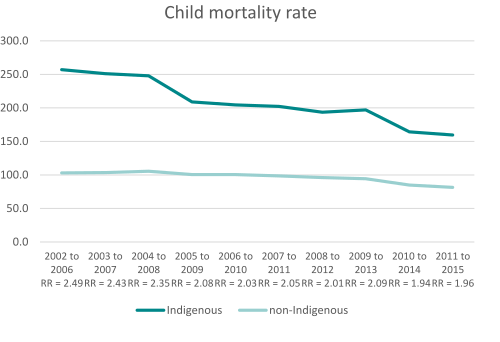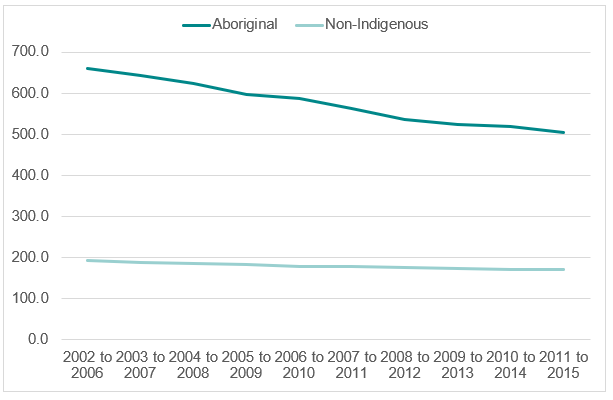Closing the Gap Time Series Atlas
Closing the Gap Time Series Atlas
Published: 2019 (updated July 2021)
Introduction
Closing the Gap seeks to improve the lives of all Aboriginal and Torres Strait Islander Australians. This Time Series Atlas focuses on the Closing the Gap targets (targets as at February 2018) for the Aboriginal population, with comparisons with the non-Indigenous population, at the Indigenous Area and Indigenous Region level.
For further details of the Closing the Gap strategy, its history and performance, see the summary here, from a report produced by PHIDU for the Division of Health Systems, World Health Organization, Regional Office for the Western Pacific. Manila, Philippines.
The Atlas
PHIDU has presented data at the sub-state and territory geographic level for the targets and supplementary information reported in the Closing the Gap: Prime Minister’s Report 2018 [1]. Where data were not available for the targets or supplementary information presented in the Report, PHIDU has reported on proxy measures that we believe are informative of the targets. A list of the targets and other measures presented in this atlas is available here.
The geographic level is the 408 Indigenous Areas, designed by the Australian Bureau of Statistics for the presentation of data about Aboriginal and Torres Strait Islander people. Where data could not be obtained at this geographic level, data are presented for the next level in the hierarchy, the 37 Indigenous Regions: the data so affected are for child mortality (for both Aboriginal and Torres Strait Islander women and non-Indigenous women) and smoking in pregnancy for non-Indigenous women.
National Agreement on Closing the Gap, July 2020
A new arrangement was put in place from July 2020, As stated here https://www.closingthegap.gov.au/
PHIDU will update this resource against the new targets during the 2021/22 financial year.
Reference
- Commonwealth of Australia, Department of the Prime Minister and Cabinet, Closing the Gap: Prime Minister’s Report 2018. Available from: Closing the Gap: Prime Minister’s Report 2018; accessed 17 June 2019.
Key Findings
View Closing the Gap Time Series Atlas
View Notes on the data
Authored by PHIDU





